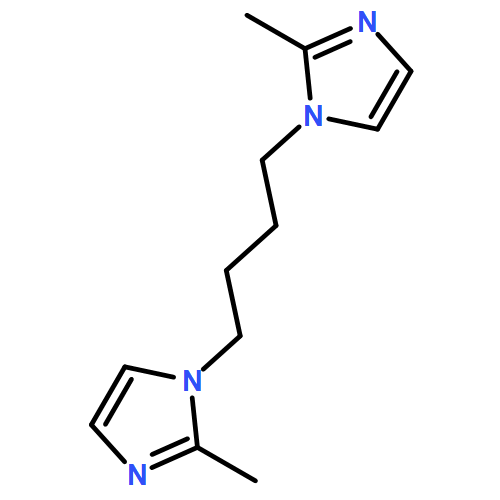Co-reporter: Xiaoju Li, Xiaofei Sun, Xinxiong Li, Zhihua Fu, Yanqing Su, and Gang Xu
pp: 4543-4548
Publication Date(Web):August 10, 2015
DOI: 10.1021/acs.cgd.5b00799
Two porous 3-D anionic metal–organic frameworks (MOFs) containing protonated bmib, [Cd2(btc)2(H2O)2]n·n(H2bmib)·6n(H2O) (1) and [Cd4(cpip)2(Hcpip)2]n·n(H2bmib)·n(H2O) (2), have been prepared by hydrothermal reactions of Cd(NO3)2·4H2O, 1,4-bis(2-methylimidazol-1′-yl)butane (bmib) with 1,3,5-benzenetricarboxylic acid (H3btc) and 5-(4-carboxyphenoxy)isophthalic acid (H3cpip), respectively. Complexes 1 and 2 are 3-D anionic frameworks containing 1-D channels and consisting of tetranuclear Cd(II)-carboxylate units, respectively. H2bmib and lattice water molecules are located in their void spaces and form extensive hydrogen bonds and C–H···π interaction with the anionic frameworks. TGA studies and XRD patterns show the anionic frameworks of 1 and 2 are intact after the removal of lattice water molecules. The luminescent emission of 1 and 2 shows an obvious red shift in comparison with free H3btc and H3cpip, respectively. Complexes 1 and 2 possess proton conduction owing to the presence of the extensive hydrogen bonds and protonation of bmib; their proton conductivity at 333 K and 95% relative humidity are 5.4 × 10–5 and 2.2 × 10–5 S cm–1, respectively.
